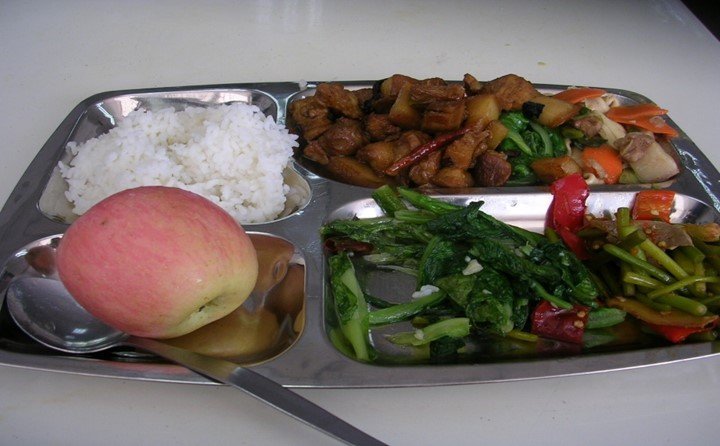Lunch is one of the factors that walk along with learning, and therefore it is a great part of the school. School lunch is a meal that is provided by the school to its students and sometimes to teachers. It is mainly offered at the beginning/middle of the day, depending on the school program. The history of school lunches can be traced back to the early 1790s in Munich, Germany, when an American physicist, Benjamin Thompson, opened an institute (Poor People’s Institute). In this Institute, workers and learners were fed every day, and the institution pioneered the feeding.
The type of lunch offered may vary from one institution to another. In this module, we shall discuss the various advantages and disadvantages that are associated with school lunches.
Pros of School Lunches
1. Hot foods: learners and workers can enjoy hot meals as it served right from the kitchen. This helps in controlling bacteria and diseases that are associated with cold foods.
2. Uniformity: school lunch enhances uniformity as learners and workers are served with the same food. This helps in hiding the different social classes that exist among the learners or workers. This may also indirectly promote unity among the parties in the subject.
3. Balanced diet: the institution ensures the meals contain all nutrients needed by the body. This is advantageous since nutrient-related diseases are avoided.
4. Saves time: If the school offers no lunch, students must go back to their homes to take meals. This greatly wastes a lot of time that could be saved if the institution offered the lunch. Therefore, having school lunch programs has helped in saving time that is used for other important activities.
5. Cost-effective: The feeding students’ program is cost-effective since all learners pay the same amount to enjoy these meals. Also, this program seems cheaper than when each individual is responsible for his lunch.
Cons of School Lunches
1. Not delicious- the meals are times not delicious. Preparing food for many people makes it difficult to add addictives and other food sweetening substances; therefore, the meal ends up being just ordinary food.
2. Small quantity- serving food for many people poses a great challenge to the one serving. There is indifference in the amount of food served on each plate, which may lead to hatred between the one serving and the one being served.
3. Few types of foods are served- not all institutions can serve their subjects with various foods, and therefore only a few specified meals are served. The monotonous of eating similar foods may lead to loss of appetite.
4. Equal amount charged- the program of school lunch is based on equity. All people must pay the same amount to enjoy the meals; this may disadvantage the poor as they are equated with the rich.
5. Time-limited- school meals are time-limited as they are enjoyed at a specific time of the day.




This a great but i need more information.